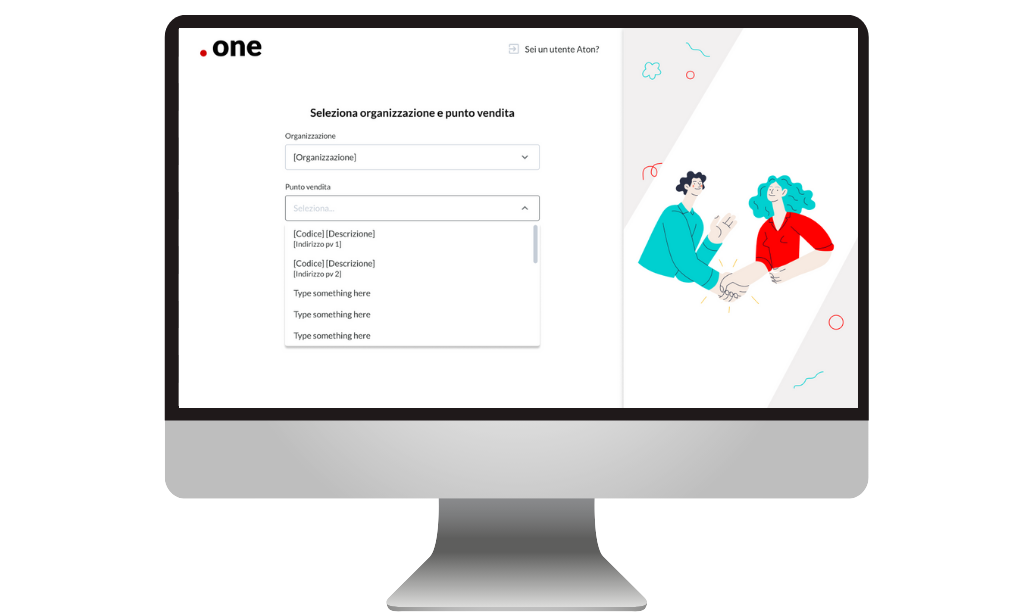Today, I’d like to start with a situation many of us know all too well: you decide to treat yourself and head to your favourite shop, ready to finally buy that pair of shoes you’ve been dreaming about for months. But then, after asking the shop assistant, you hear the dreaded words: “Sorry, it’s no longer available”?
The phenomenon of out-of-stock in stores is a common issue that brands do their best to avoid. The consequences of a product being unavailable can be significant for the customer, and include:
According to some studies, even the most loyal customers may walk away after a single negative experience. The risk for the brand is not only losing the sale of that specific item, but also a long-standing loyal customer — someone who may have contributed to steady in-store revenue for years.
This scenario affects both directly operated stores and wholesalers in the Fashion Retail sector. For years, we’ve been talking about omnichannel, an approach designed to serve consumers who move seamlessly between physical and digital channels. But it also has the potential to help mitigate the out-of-stock problem.
When a product is unavailable in store, being told “It’ll be at your doorstep in three days!” is becoming an increasingly common—and reassuring—response.
Omnichannel, however, is a complex process that requires integrated systems to record customer data, check product availability in the warehouse, and manage accurate delivery.
A single error at this stage would only add to the customer’s frustration, leaving them feeling even more let down by the brand.
Today, there are store management solutions—such as .one Retail—that make it possible to:

Alongside mobile solutions, some brands also offer a B2B portal accessible via PC, smartphone, and tablet. This becomes a true service hub for their stores, enabling them to:
Speed of execution is essential—but even more important is the ability to identify critical situations early, so you can act promptly and prevent any negative impact on the customer.
When it comes to wholesale stores, the approach needs to be different. On the one hand, B2B portals can support easy reordering. On the other, it’s crucial to consider sell-out data in order to optimise replenishment and ensure the brand doesn’t suffer from a lack of visibility or poor shelf availability.
At Aton, we provide a system that collects sell-out data directly from retailers, analyses it, and makes it accessible to the brand. We connect to a variety of POS systems across the retail network and are able to gather data from multiple sources—from the most advanced services to the most commonly used formats such as text files, Excel, Word, or PDF—processing everything quickly, thanks also to the support of Artificial Intelligence.
As I’ve highlighted in previous articles, data remains the key element. In the fashion world, having a clear view of stock levels, inventory, and sell-out figures enables brands to take the right actions to ensure that end customers always find what they’re looking for on the shelves.
And by keeping the customer happy—whether it’s a child with a new t-shirt, a runner with fresh trainers, or a woman with her winter coat—the brand delivers the kind of positive experience that truly sets it apart.
Stay tuned for the next article!